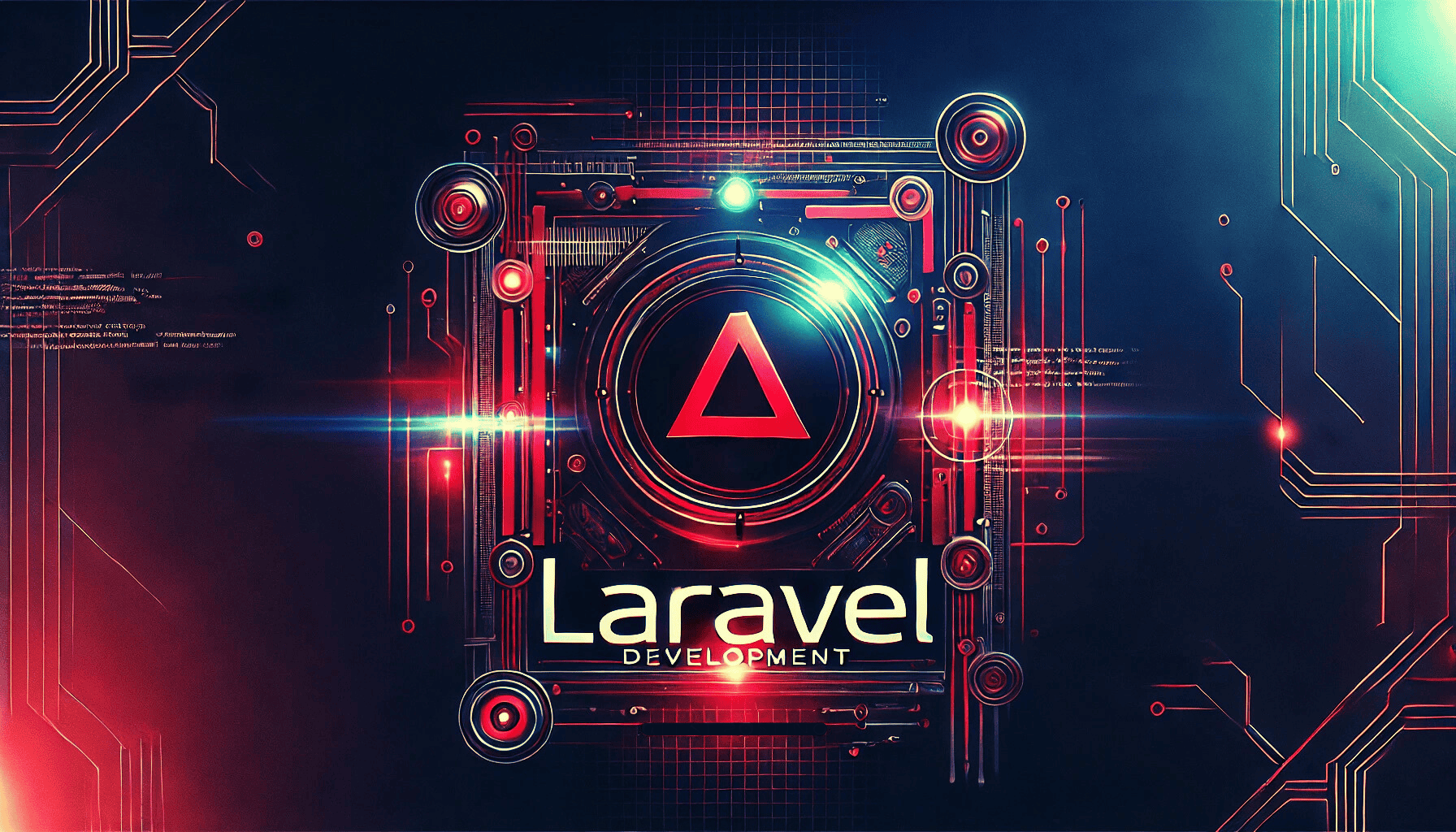Why PWAs Are the Future of Web Applications
Hey folks! Ever wondered why some web apps feel almost as smooth as native mobile apps? That’s the magic of Progressive Web Apps (PWAs). These modern web applications use advanced web technologies to provide a seamless, app-like experience directly from the browser—no downloads needed!
PWAs are changing the game for Laravel web development services. They combine the best of both worlds: the reach of the web and the user experience of native apps. According to a study by Google, PWAs can improve user engagement by 137% and boost conversions by 52%. Their ability to work offline, load faster, and support push notifications makes them a powerful solution for businesses.
How Laravel Supports PWA Development
Now, where does Laravel fit into all of this? Laravel, known for its elegant syntax and robust backend capabilities, is an excellent choice for PWA development. It simplifies API creation, handles authentication seamlessly, and integrates well with front-end technologies like Vue.js and React.
Some Laravel tools that make PWA development easier include:
- Laravel PWA 🛠️ – A package that helps integrate PWA features like service workers and web manifests.
- Workbox – A set of libraries by Google for caching and handling offline functionality in PWAs.
Key Features of a Laravel PWA
A solid PWA needs a few essential features to stand out. Here’s what makes a Laravel-based PWA powerful:
- Service Workers 🤖 – They act as a proxy between the web app and the network, enabling offline access and caching strategies.
- Web Manifest – A JSON file that defines the app’s metadata (icons, colors, and how it behaves when installed).
- Push Notifications – Essential for keeping users engaged by sending timely updates.
By implementing these features, a Laravel PWA can load faster, work offline, and enhance user experience significantly.
Setting Up a Laravel Project for PWA Development
Before diving into PWA integration, we need a Laravel project. If you already have one, great! If not, you can create a fresh Laravel app using the following command:
| bash |
Prerequisites for PWA Development
To build a PWA with Laravel, ensure you have:
- HTTPS Enabled 🔒 – PWAs require a secure connection for service workers to function.
- Laravel Mix – Simplifies asset compilation and versioning.
- Vue.js or React – A front-end framework to create a dynamic user interface.
Installing and Configuring Laravel PWA
Now, let’s install the Laravel PWA package:
| bash |
Once installed, publish the package configuration:
| bash |
Next, modify the manifest.json file in the config/pwa.php directory to customize your app’s details, such as name, theme color, and icons. Also, update serviceworker.js to cache essential assets for offline use.
Implementing Offline Functionality in a Laravel PWA
A key benefit of PWAs is offline browsing. Service workers handle this by caching important assets. Here’s how you can implement a simple caching strategy:
| javascript |
This script ensures that even when users go offline, they can still access the cached version of your Laravel PWA.
Enhancing Laravel PWAs with Push Notifications and Performance Optimization
Integrating Push Notifications
Push notifications keep users engaged. To set them up in Laravel, install the Laravel Web Push package:
| bash |
Then, configure the Web Push service in your config/webpush.php file. Users will receive real-time notifications even when the app is not open!
Performance Optimization
A slow PWA won’t cut it! Here are some quick optimization tips:
- Lazy Loading 📦 – Load images and components only when needed.
- Asset Minification – Reduce the size of CSS, JavaScript, and images to improve load speed.
- Code Splitting – Use Webpack to load only essential scripts at a time.
Testing and Deploying a Laravel PWA
Testing with Lighthouse
Google’s Lighthouse tool helps evaluate your PWA’s performance. Run the test in Chrome DevTools:
- Open DevTools (F12 or Ctrl+Shift+I).
- Navigate to the Lighthouse tab.
- Click Generate Report to analyze your app’s PWA compatibility.
Deploying a Laravel PWA
To deploy your Laravel PWA, ensure your production server supports HTTPS. Then, deploy your app using:
| bash |
For cloud hosting, services like Vercel, DigitalOcean, or AWS are great options.
Final Thoughts
PWAs are the future of web applications, offering a cost-effective alternative to native apps. By using Laravel’s powerful backend capabilities, you can create a seamless, high-performance PWA that enhances user engagement and accessibility.
So, if you're considering PWA development, Laravel is a fantastic choice! Ready to build your first Laravel PWA? 🚀
Key Takeaways
- Laravel provides a solid backend for PWAs.
- Service workers enable offline functionality and caching.
- Push notifications and performance optimizations improve user engagement.
Frequently Asked Questions (FAQs)
1. What is a Progressive Web App (PWA)?
A Progressive Web App (PWA) is a type of web application that combines the best features of websites and native apps. It offers fast loading times, offline functionality, and push notifications, making it an excellent choice for modern web applications.
2. How does Laravel help in building PWAs?
Laravel simplifies PWA development by providing a powerful backend, seamless API handling, and tools like Laravel PWA and Laravel Web Push. These features help integrate offline support, caching, and notifications effortlessly.
3. Can I convert an existing Laravel app into a PWA?
Yes! You can transform an existing Laravel app into a PWA by adding a service worker, creating a web manifest file, and enabling HTTPS. Laravel PWA packages make the process even easier by handling most configurations.
4. What are the key benefits of Laravel PWAs?
Laravel PWAs provide fast performance, offline browsing, push notifications, and improved user engagement. They also reduce development costs compared to native apps and work across multiple platforms without requiring separate installations.
5. How do I deploy a Laravel PWA?
To deploy a Laravel PWA, ensure your server supports HTTPS, optimize your assets, and test it with Lighthouse. Hosting services like Vercel, DigitalOcean, or AWS are excellent options for deploying a Laravel-based PWA.

